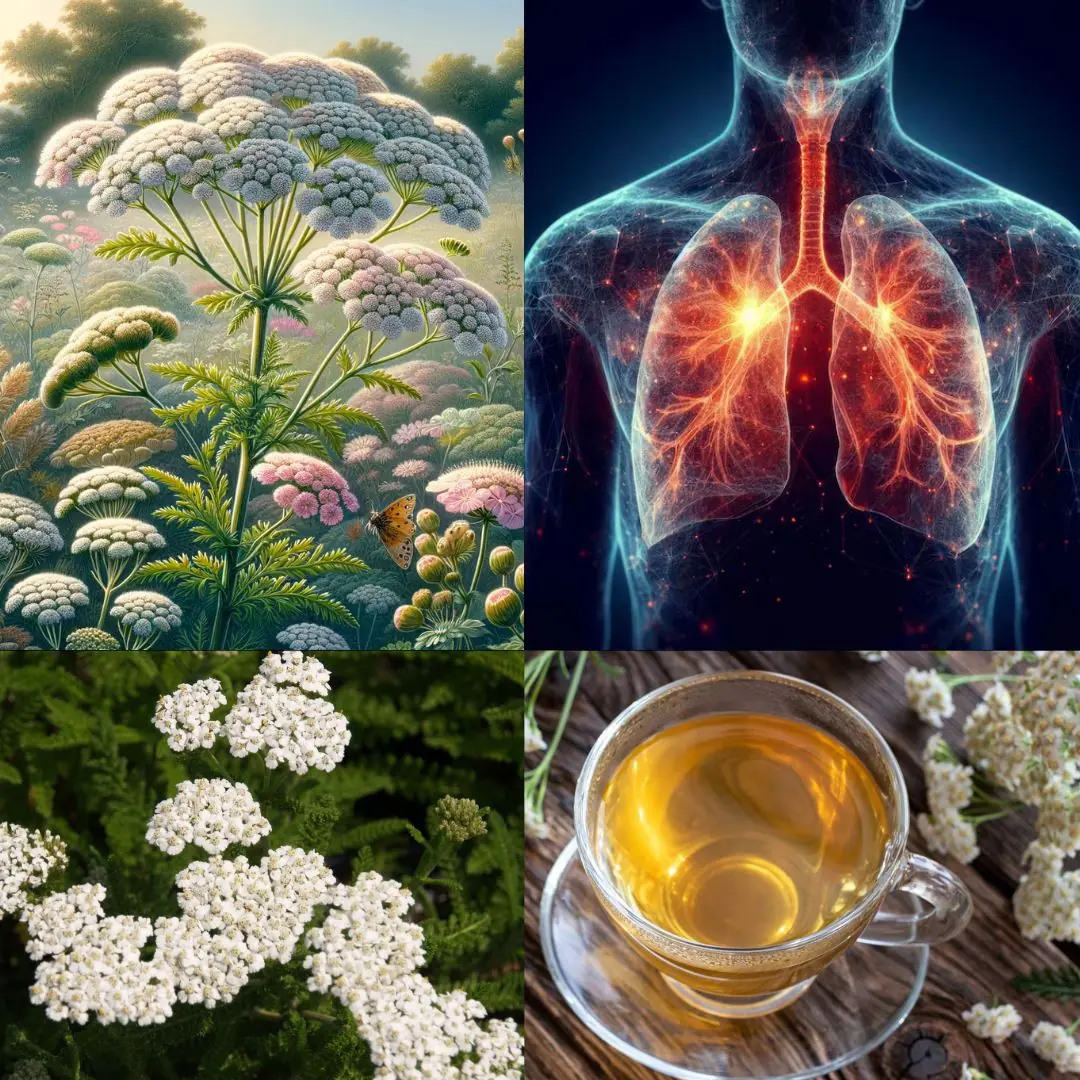
Grape Hyacinth (Muscari): A Tiny Spring Wonder with Surprising Benefits and Uses
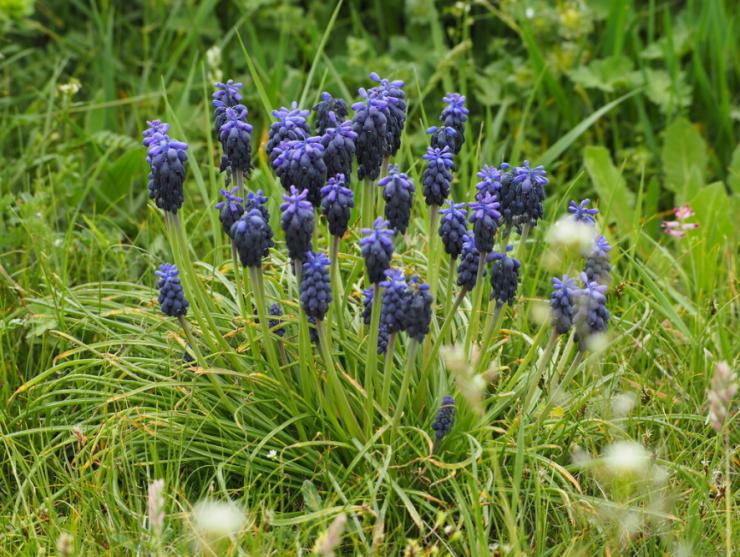
The Hidden Magic of Grape Hyacinths: Beauty, Tradition, and Healing
When spring finally unfolds its warmth, grape hyacinths burst into life like clusters of deep blue or violet pearls, transforming lawns and gardens into miniature oceans of color. Their tiny bell-shaped blossoms sway gently in the breeze, adding both charm and serenity to any spring landscape. Yet beyond their ornamental appeal, few people realize that these enchanting flowers have a long and fascinating history — filled with cultural symbolism, traditional remedies, and even subtle health benefits. Let’s explore what makes the Muscari genus such a captivating gem of the plant world — far beyond its role as a simple garden beauty.
A Mediterranean Classic
The grape hyacinth is a perennial bulb plant that traces its roots to the Mediterranean basin and parts of western Asia. Belonging to the Muscari genus, it gets its name from the way its blossoms cluster tightly together, resembling tiny bunches of grapes perched on short, sturdy stalks. Although it’s often mistaken for the true hyacinth, grape hyacinths are actually closer relatives of other spring bulb flowers like squill and lily of the valley. Their resilience and ability to thrive in cool climates have made them a springtime favorite for centuries, adorning both wild meadows and manicured gardens alike.
Traditional and Natural Uses
1. Digestive Aid in Folk Medicine
In Mediterranean folk traditions, certain species such as Muscari comosum (commonly known as tassel hyacinth) were valued not only for their looks but for their bulbs, which were cooked, marinated, or preserved. These bulbs were believed to help stimulate digestion and relieve mild constipation thanks to their gentle laxative properties. In some rural regions, they were even served alongside olive oil and herbs as part of simple, healing meals.
2. Detox and Diuretic Properties
Old herbal practices also credited boiled grape hyacinth bulbs with diuretic and detoxifying powers. Consuming them was said to promote kidney function and flush out excess water, acting as a natural remedy for mild fluid retention or bloating.
In the Greek islands and certain Italian countryside areas, eating these bulbs during spring symbolized purification and renewal — a way to “cleanse” the body after the heavy winter diet.
3. Mild Anti-inflammatory Effects
Early herbalists observed that infusions made from the plant’s flowers or bulbs seemed to soothe mild inflammation and irritation. Although scientific research on this is still limited, the plant was often included in poultices or teas for its supposed calming and restorative effects on the body.
Ornamental and Ecological Benefits
4. A Friend to Pollinators
Among the first plants to bloom in early spring, grape hyacinths provide crucial nourishment for bees, butterflies, and other pollinators emerging from winter dormancy. Planting them can help support local ecosystems, enhancing biodiversity and ensuring pollinators have the energy they need to thrive. A single patch of Muscari can turn your garden into a buzzing hub of early life and color.
5. Natural Ground Cover
Because grape hyacinths multiply easily, they’re perfect for creating lush, low-growing carpets that suppress weeds naturally. Their hardiness and adaptability mean they flourish even in poor or rocky soil, requiring little maintenance once established. Over time, they can fill garden gaps, line stone pathways, or decorate the edges of lawns with vivid splashes of blue.
Culinary and Safety Notes
In parts of the Mediterranean, Muscari comosum bulbs have found their way into traditional cuisine — often pickled, sautéed, or preserved in olive oil as a delicacy. However, not every variety of grape hyacinth is edible. Some hybrids are purely ornamental and may contain compounds unsuitable for human consumption.
It’s important to identify the exact species and avoid eating plants exposed to fertilizers or pesticides. Always consult a reliable field guide, botanist, or herbal expert before experimenting with any wild or garden-grown bulbs.
How to Use It at Home
As a Garden Ally
Plant grape hyacinths beneath trees, between stepping stones, or along garden borders for a natural, effortless look. Combine them with tulips, daffodils, or crocuses to create a layered spring display that blooms in waves of color from March through May.
As a Natural Dye
The rich indigo pigment of the Muscari flower can be used as a natural dye for fabric, wool, or handmade paper. While the color tends to fade over time without proper fixatives, the process itself can be a beautiful and meditative craft activity.
As a Symbol of Renewal
In the language of flowers, grape hyacinths represent rebirth, trust, and sincerity. Their reappearance each spring after months of dormancy serves as a reminder of perseverance and new beginnings — making them a touching choice for seasonal bouquets or ritual offerings.
A Small Flower with a Big Legacy
Though delicate in size, the grape hyacinth carries an impressive legacy of beauty, healing, and ecological significance. Whether admired for its dazzling blooms or appreciated for its lesser-known herbal traditions, the Muscari plant is a symbol of nature’s ability to blend grace with purpose.
So next time you see those tiny blue bells blanketing a garden path, remember — beneath their simple beauty lies centuries of tradition, quiet wisdom, and the eternal spirit of spring’s renewal.
News in the same category

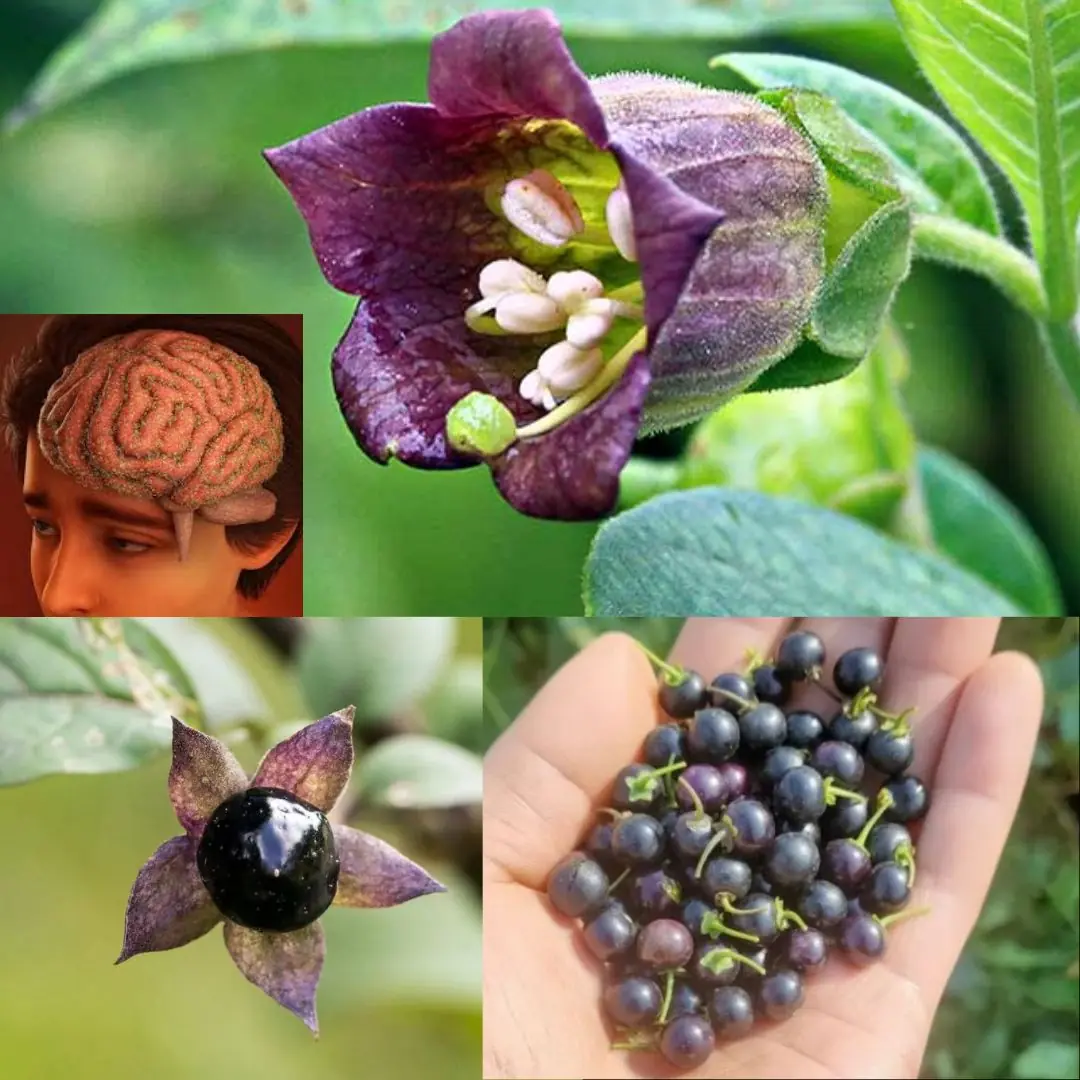
Deadly Nightshade (Atropa belladonna): The Dangerous Beauty
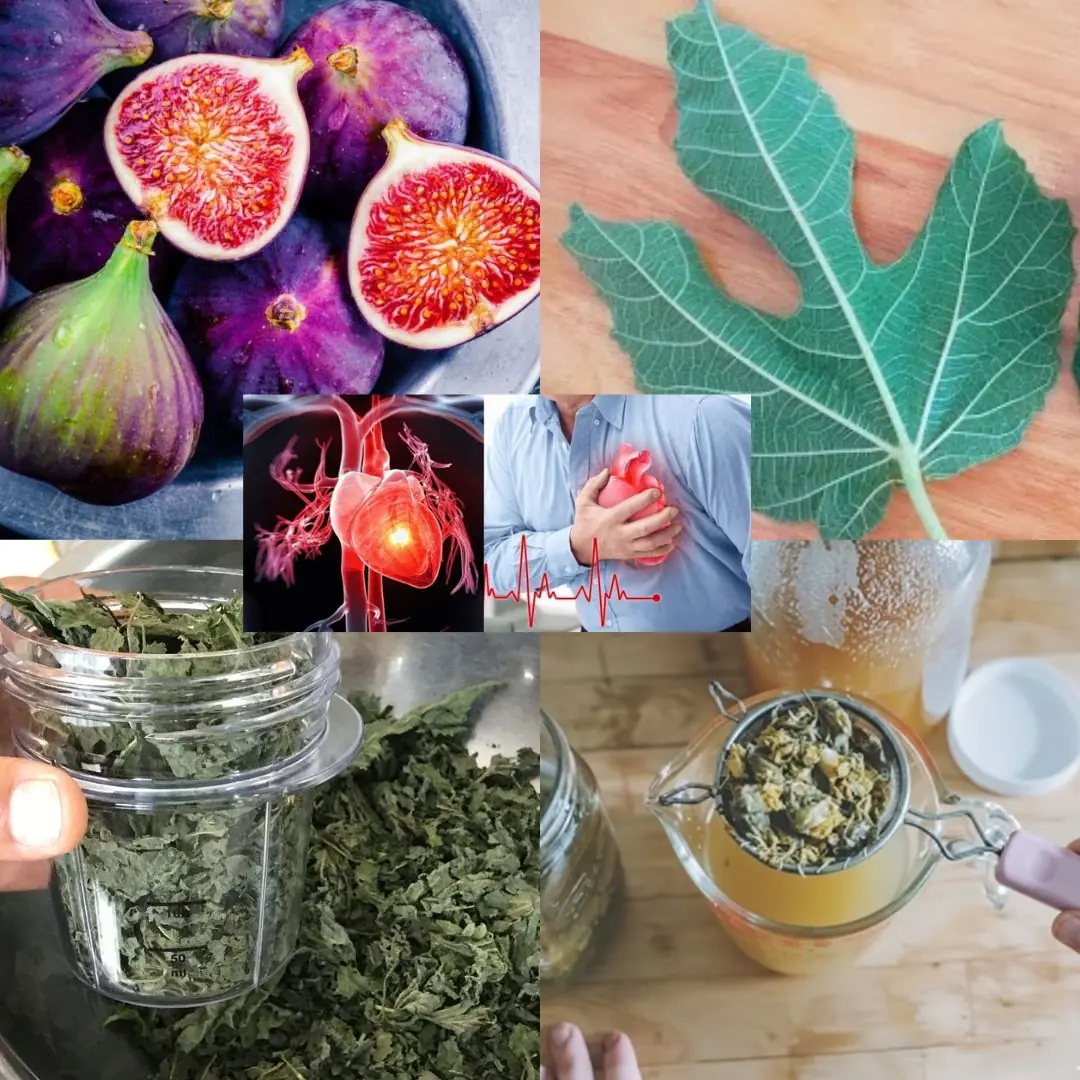
Fig Leaves: Surprising Benefits and Uses
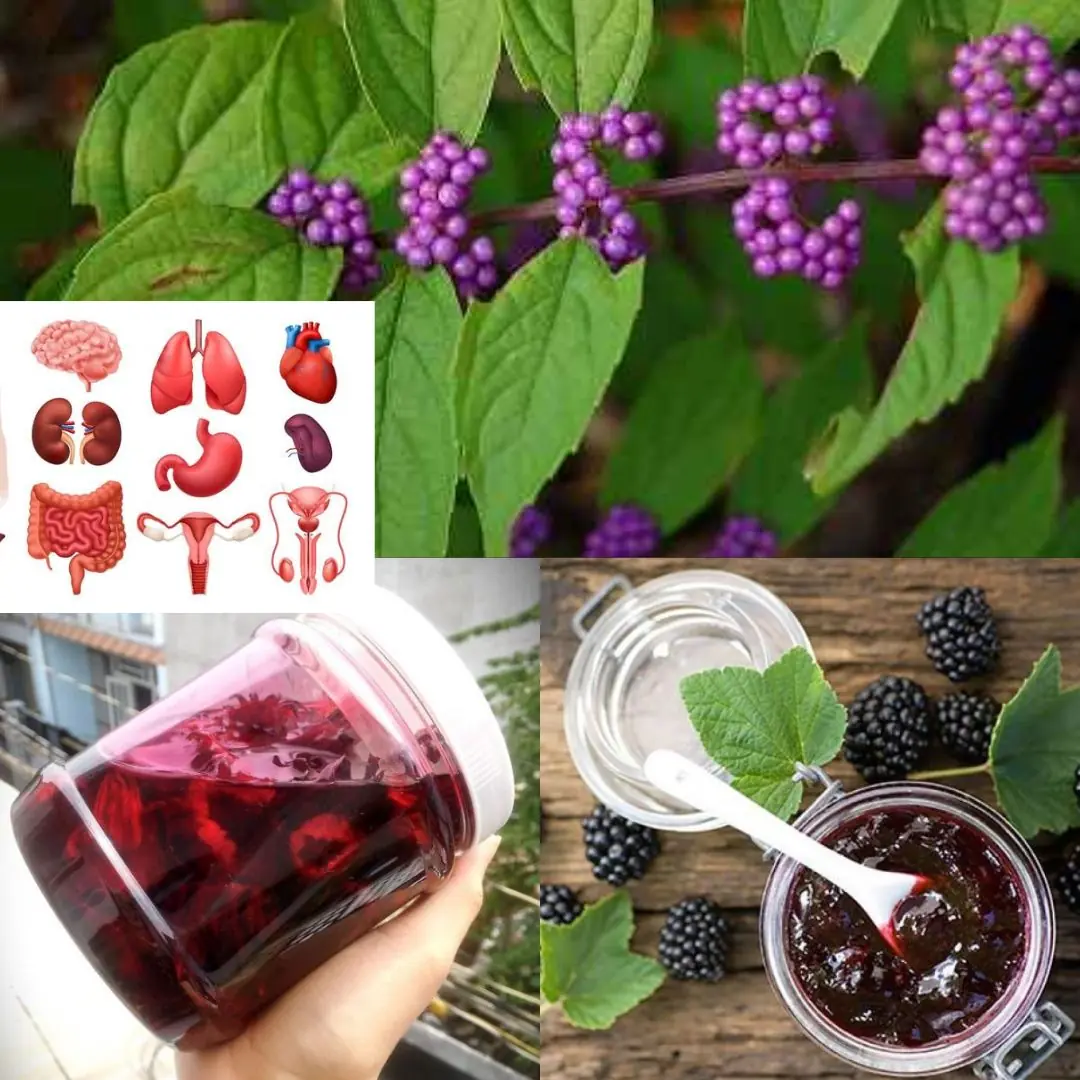
American Beautyberry (Callicarpa americana): Benefits and How to Use It

Holding Cloves in Your Mouth: A Natural Way to Relieve Toothache
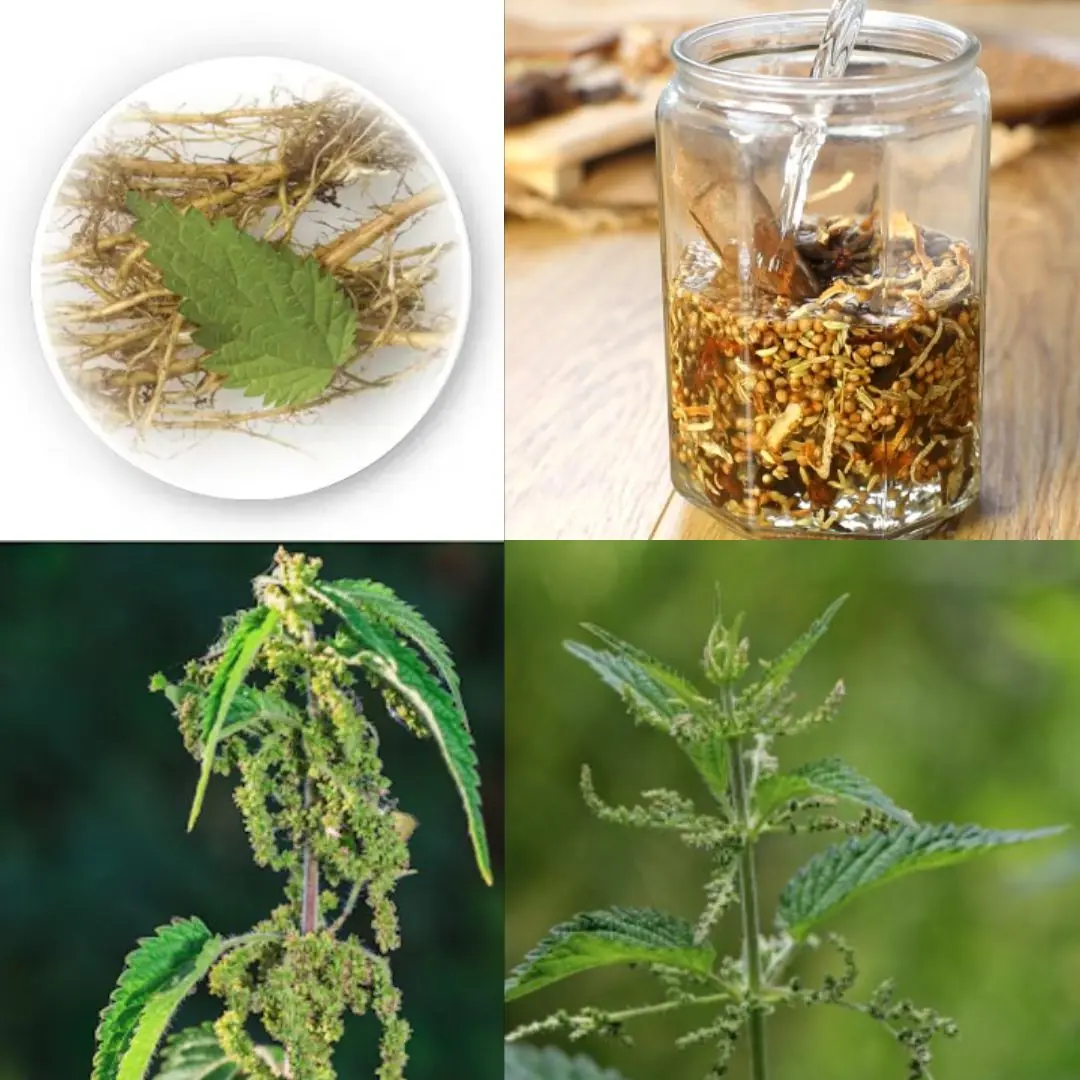
Everybody Hates Stinging Nettle, But Most People Don’t Know the Power of Its Root
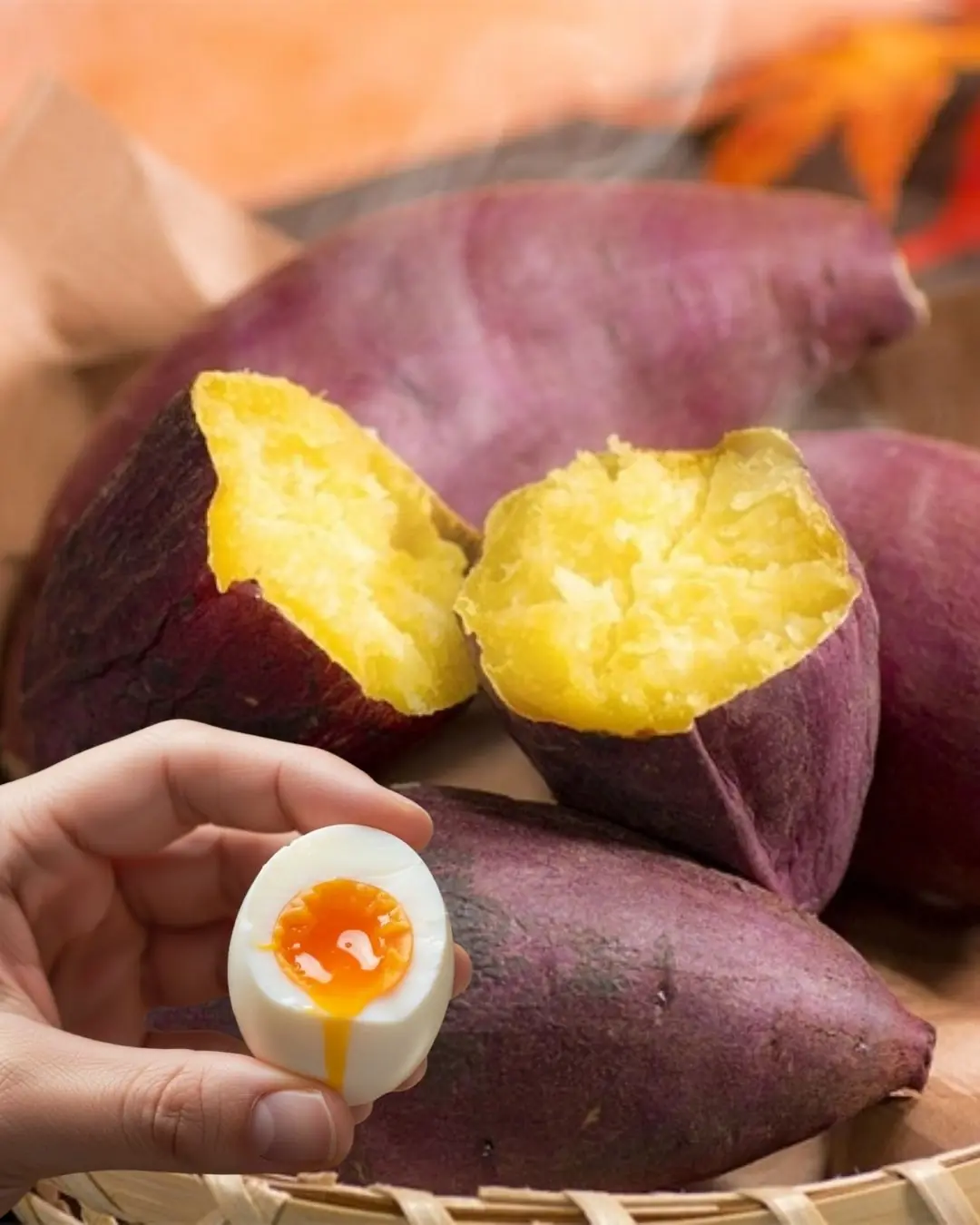
13 Reasons You Should Eat Eggs and Sweet Potatoes Every Morning

9 Powerful Home Remedies to Get Rid of Fungal Infection (Daad, Khaj, Khujli) Fast
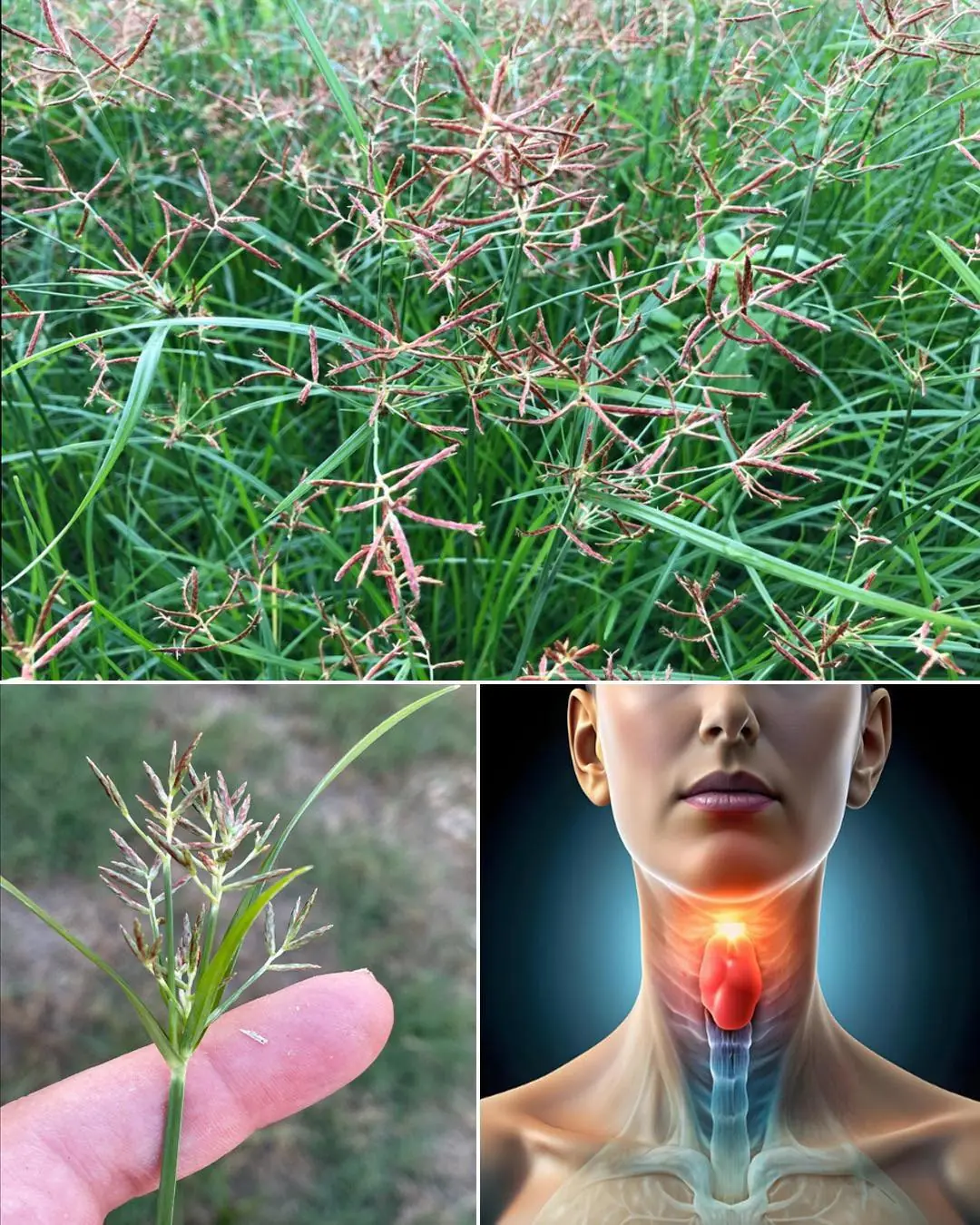
Cyperus Rotundus: The Ancient Herb with Modern Healing Power
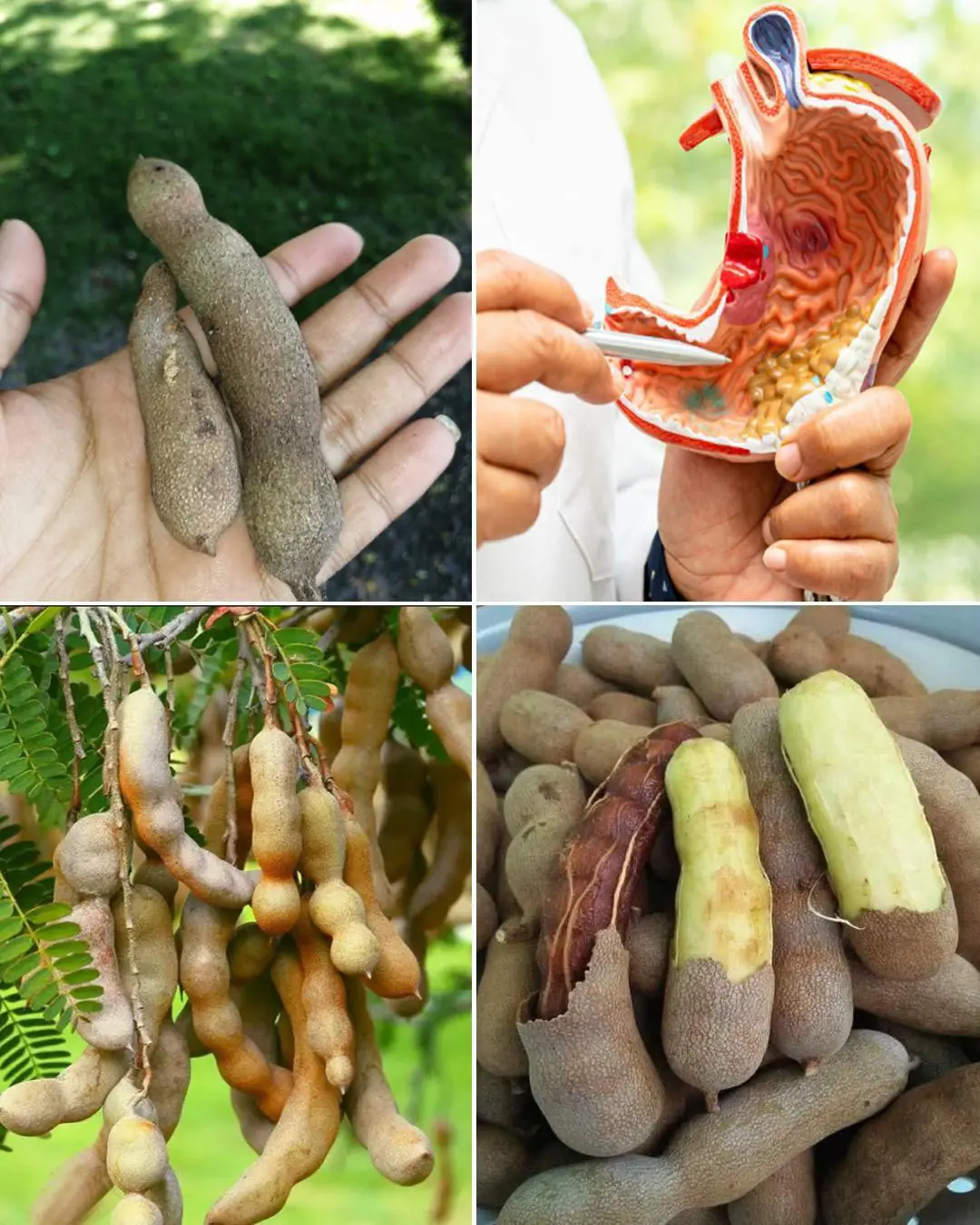
The Power of Tamarind Fruits: Sweet, Sour & Supercharged with Health Benefits
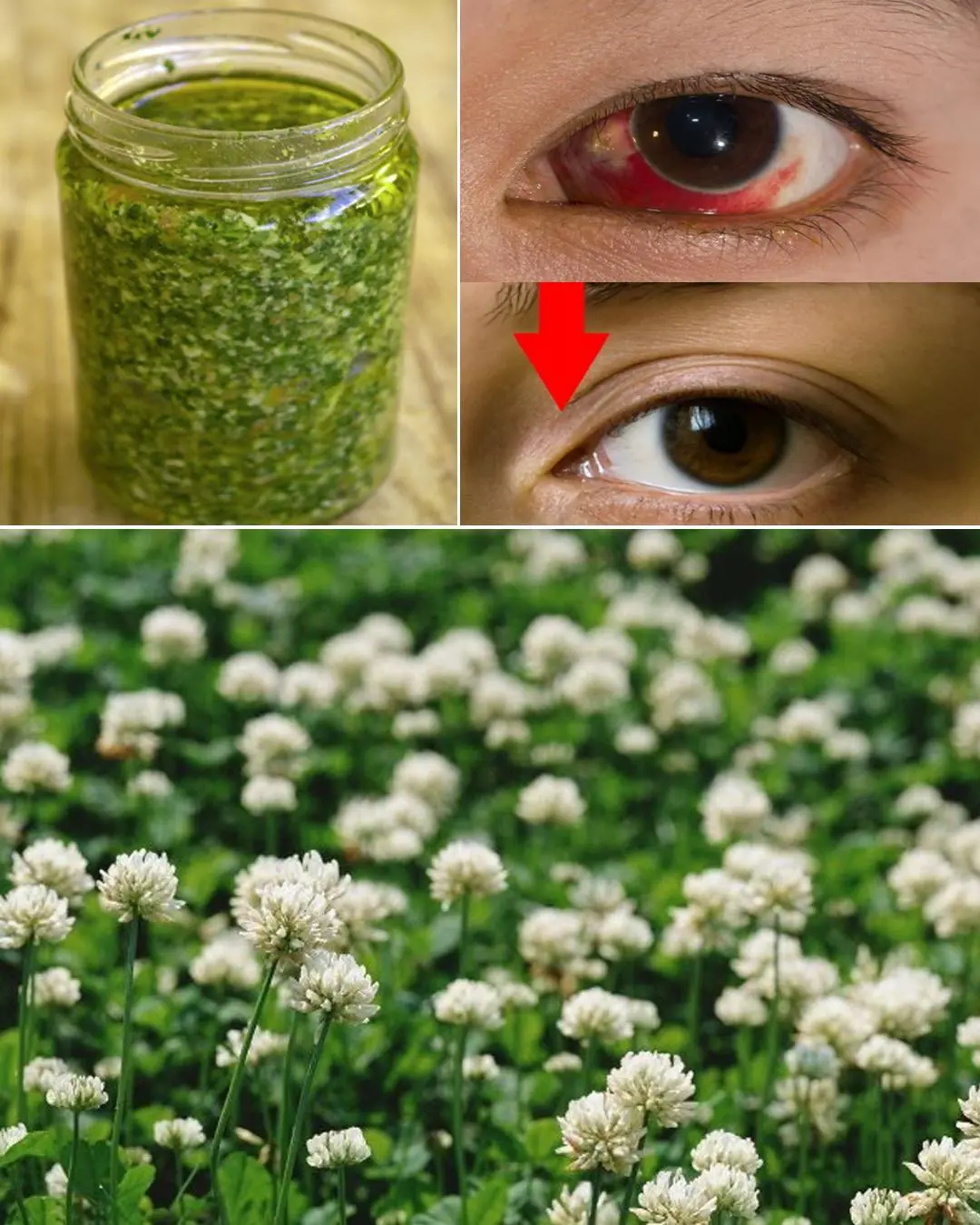
Sessile Joyweed (Alternanthera sessilis): 6 Incredible Health Benefits and How to Use It Naturally
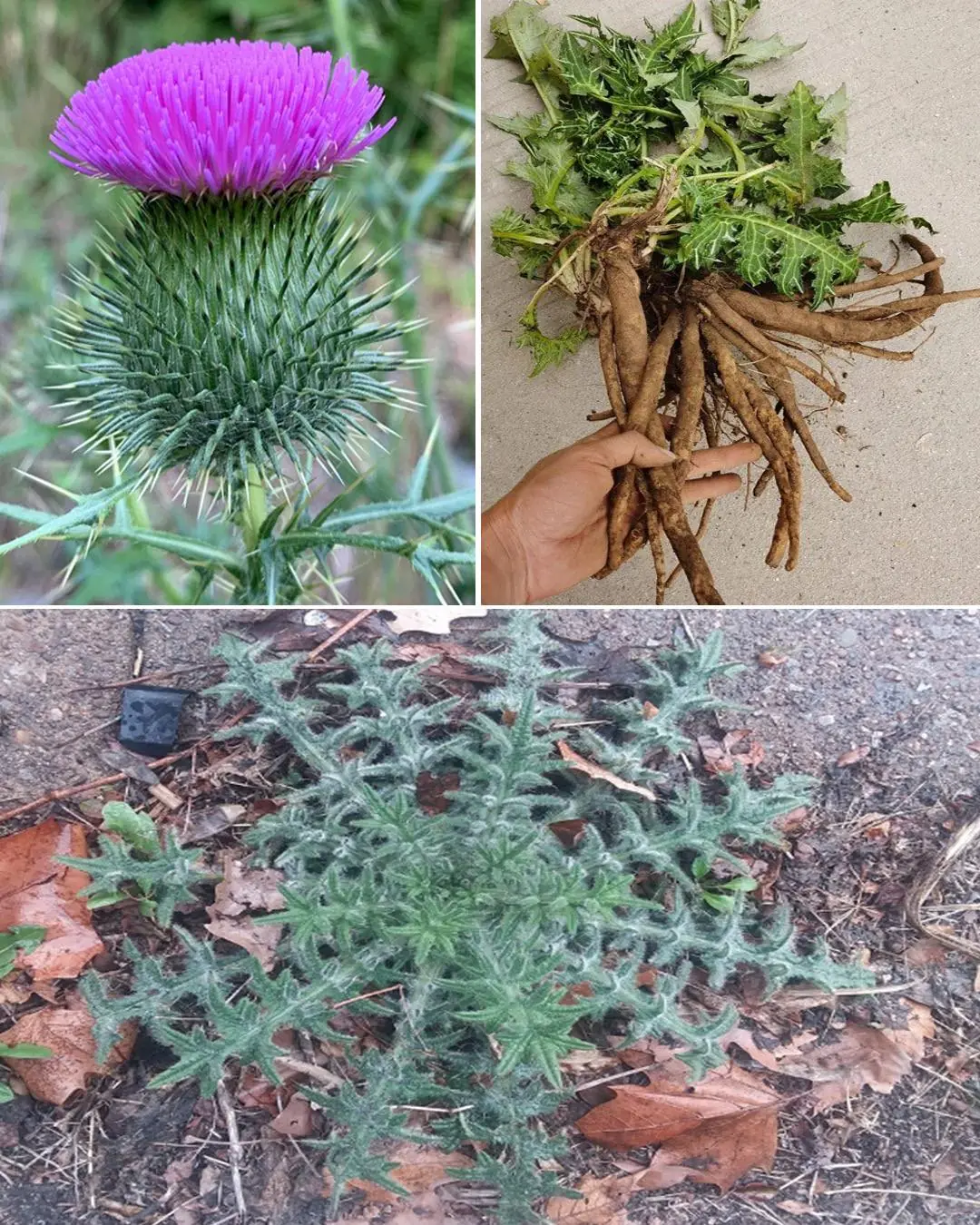
Bull Thistle Root Benefits: Uses, Healing Properties, and How to Prepare It
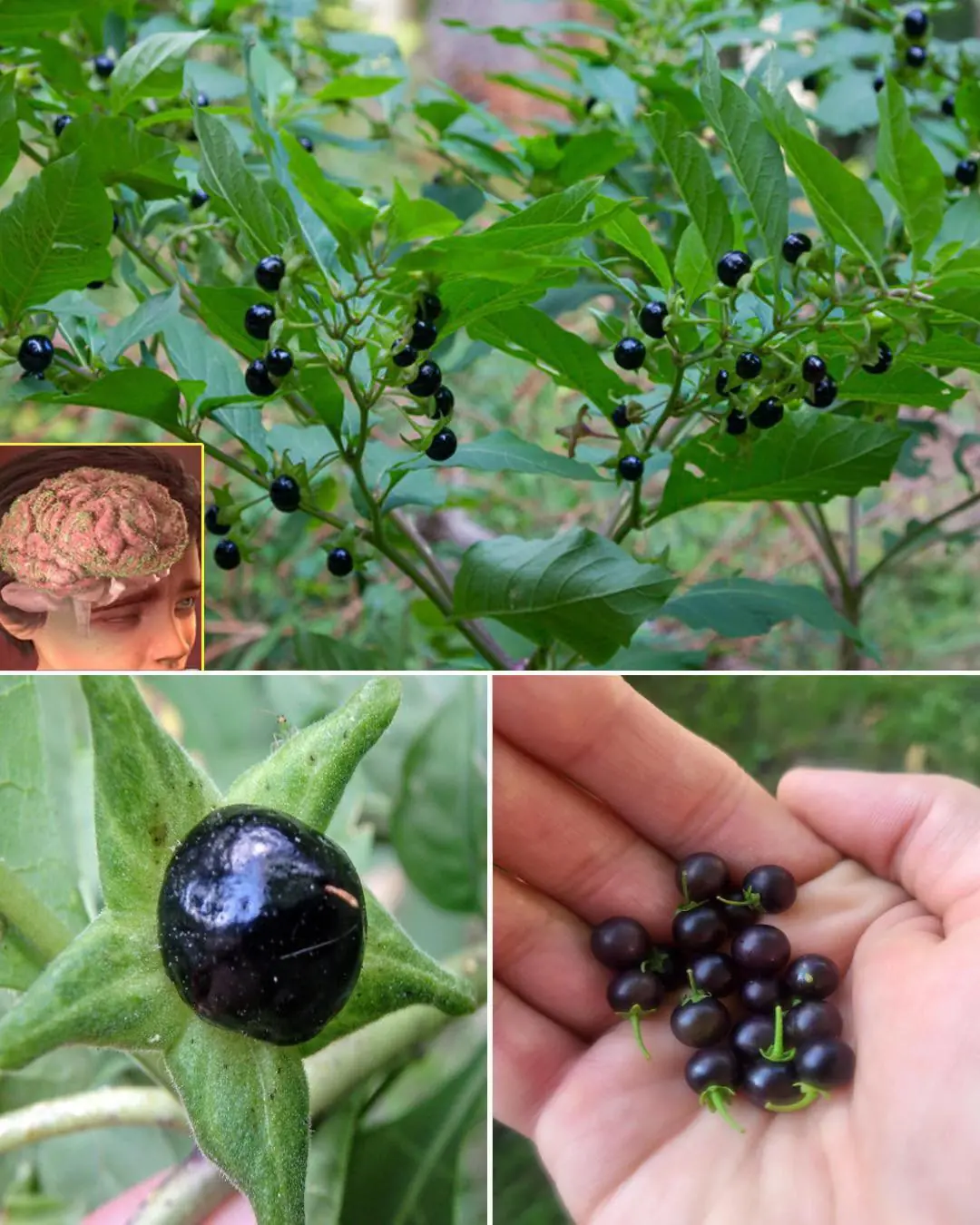
Deadly Nightshade (Atropa belladonna): The Dangerous Beauty
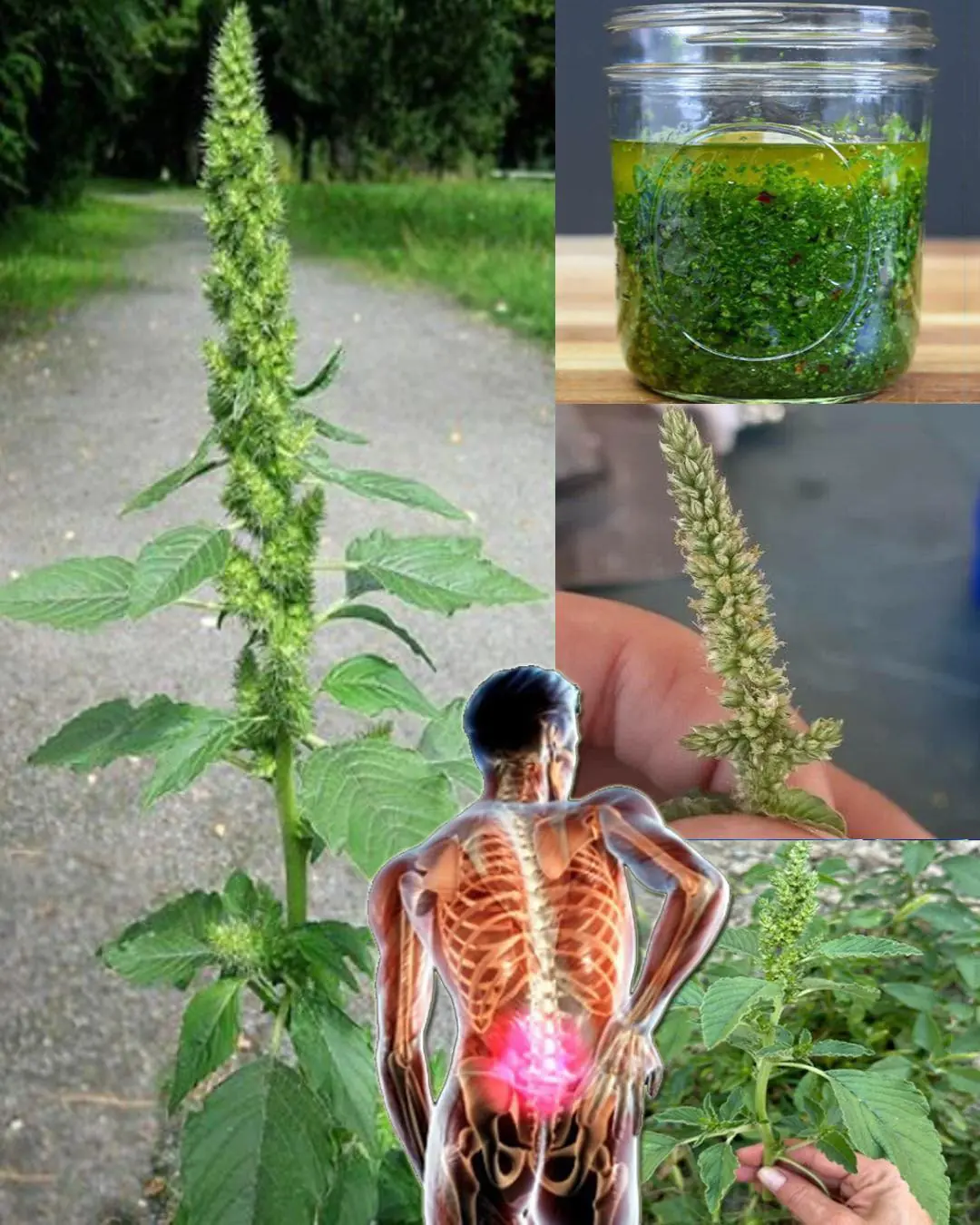
Health benefits of Pigweed
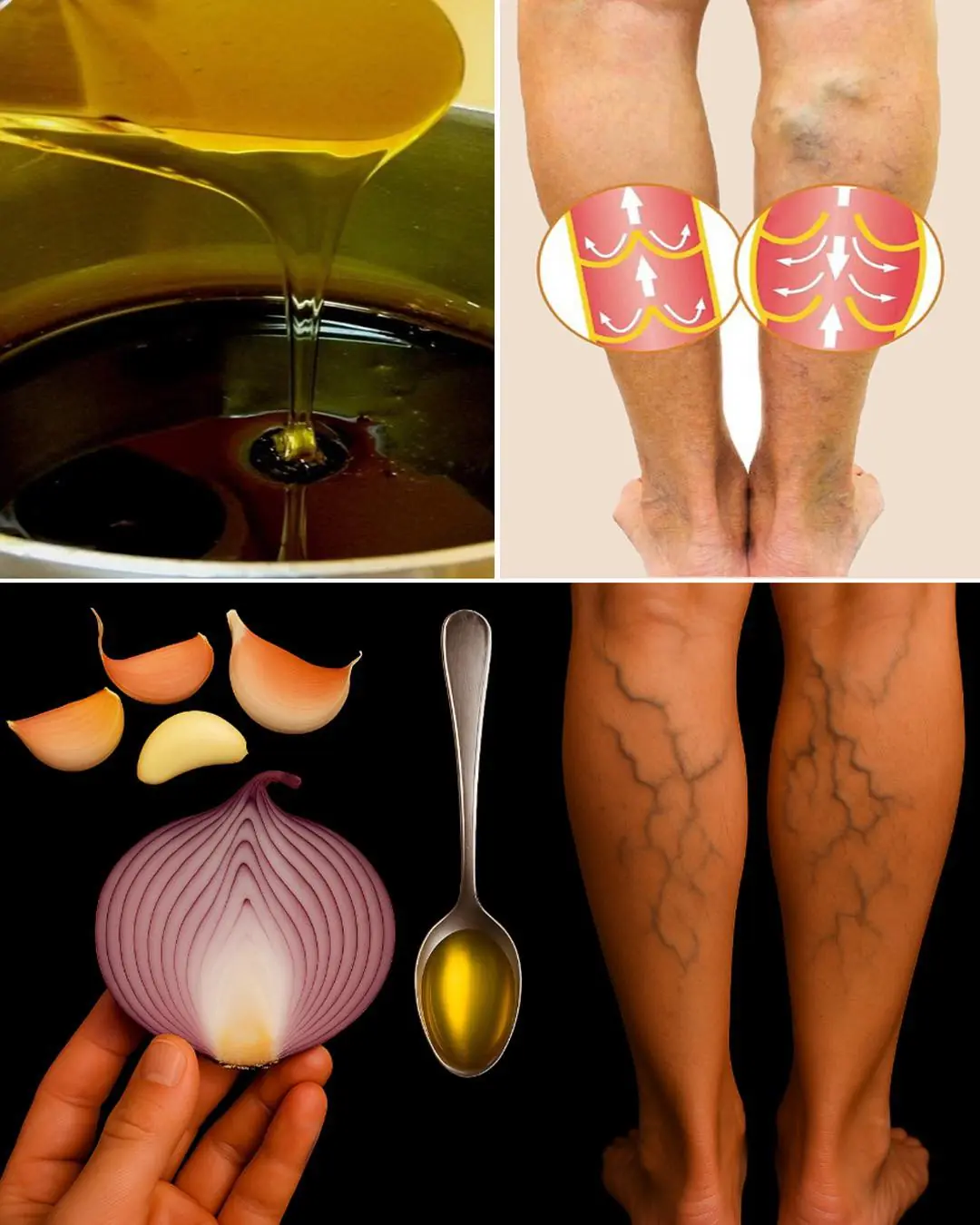
Onion, Garlic, and Olive Oil Remedy for Varicose Veins: Natural Treatment and Benefits
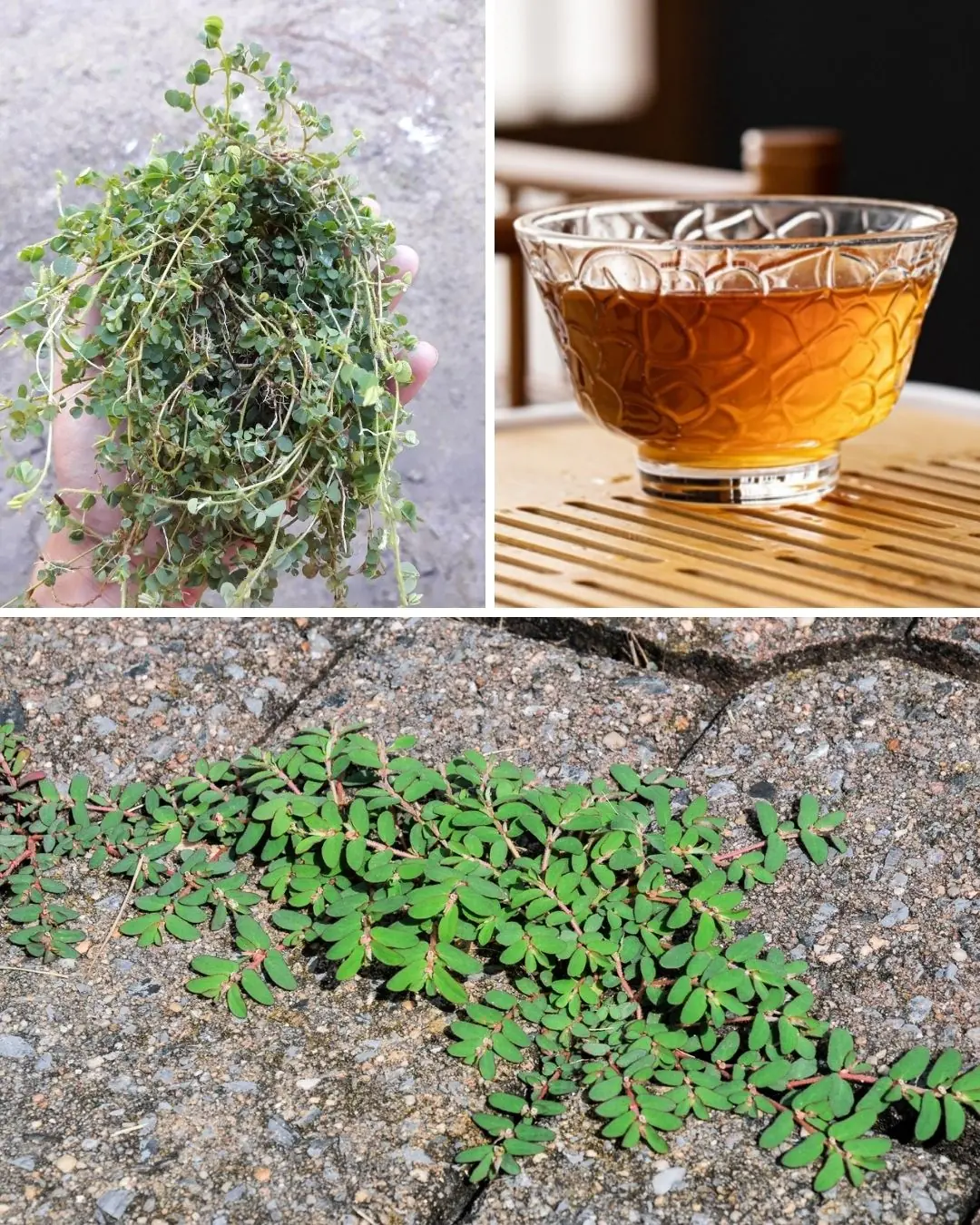
The Health Benefits of Euphorbia Thymifolia: A Powerful Yet Overlooked Herb 🌿✨
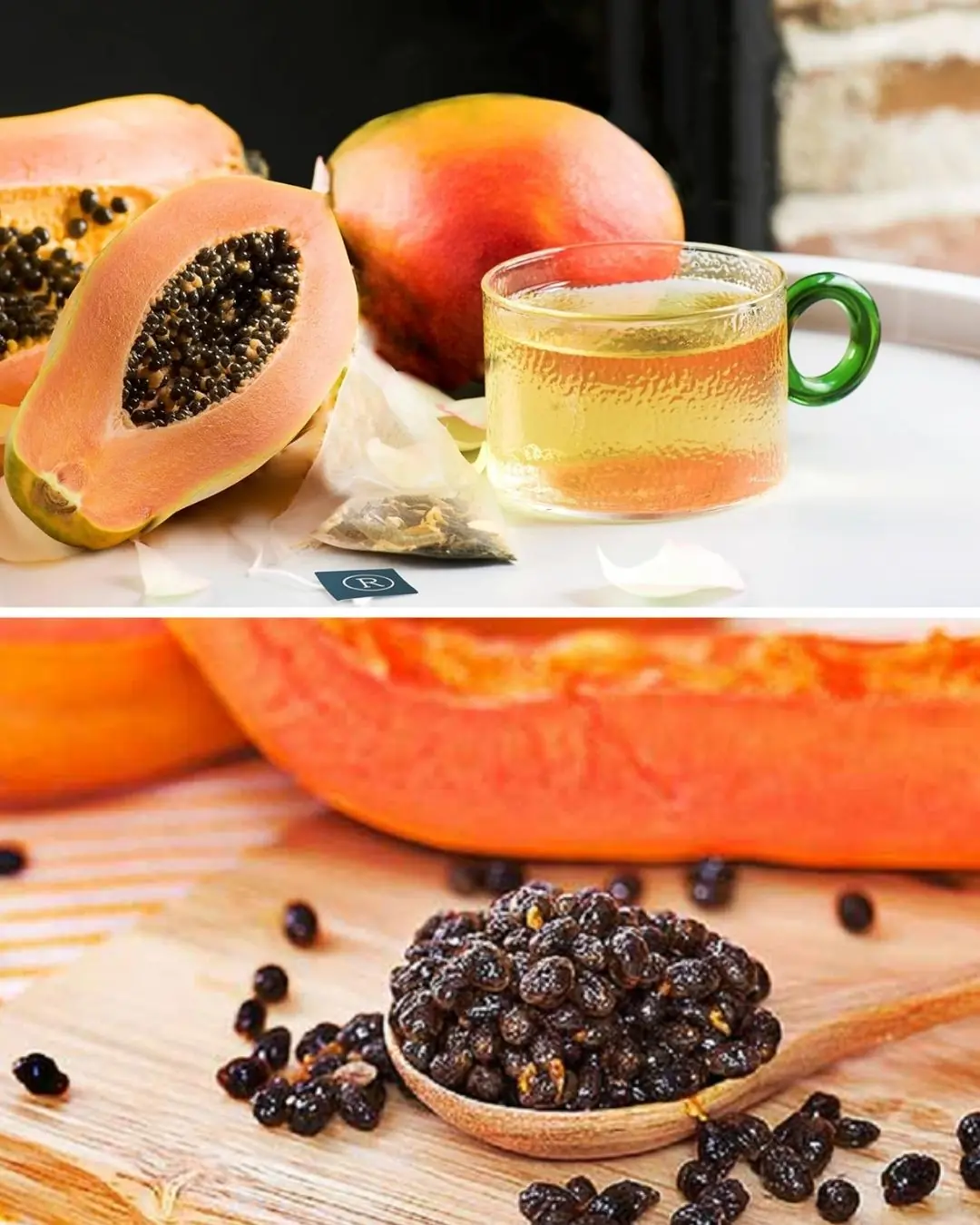
The Powerful Health Benefits of Papaya Seeds: Why You Should Include Them in Your Diet
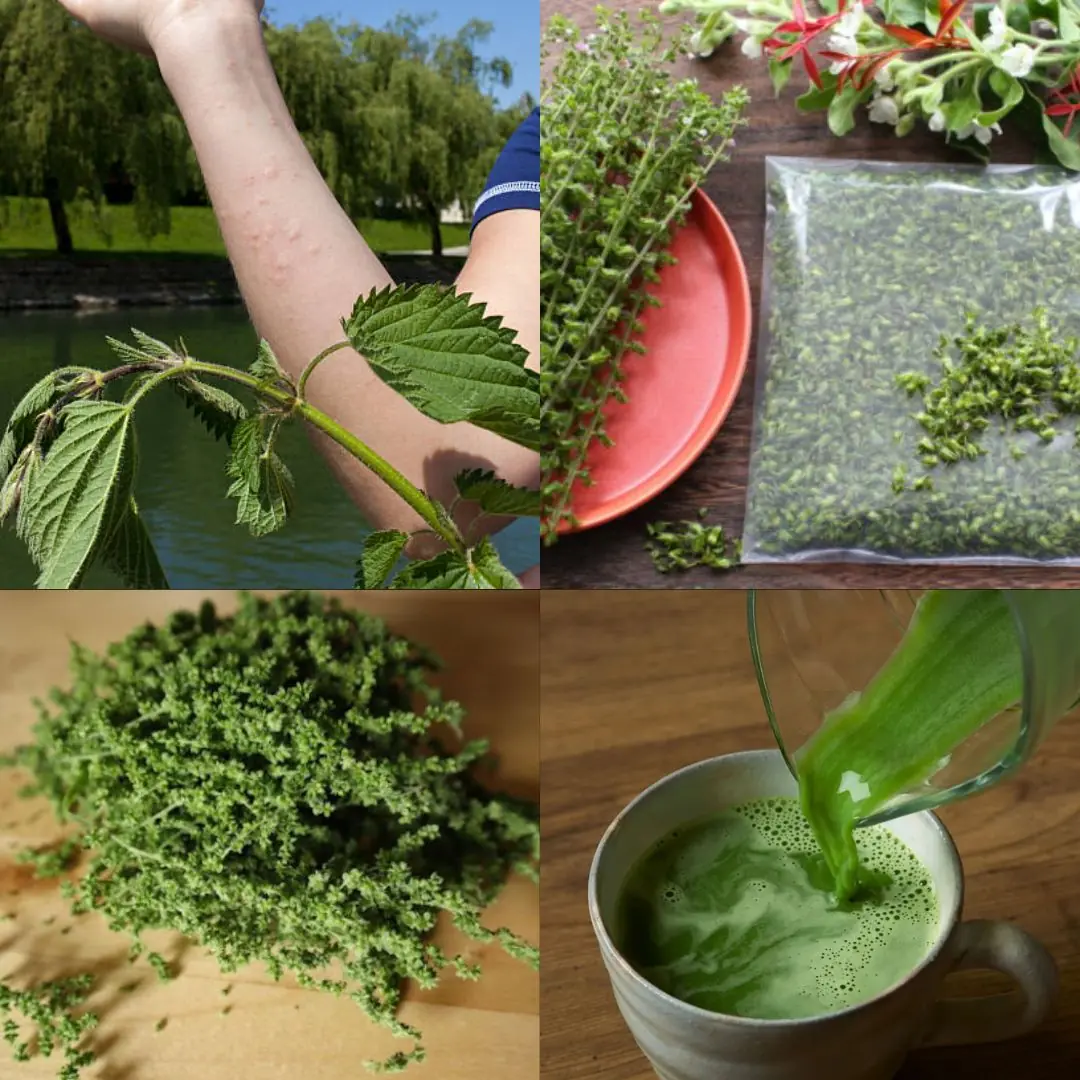
The Power of Urtica dioica: Natural Relief for Joint Pain, Arthritis, and Inflammation
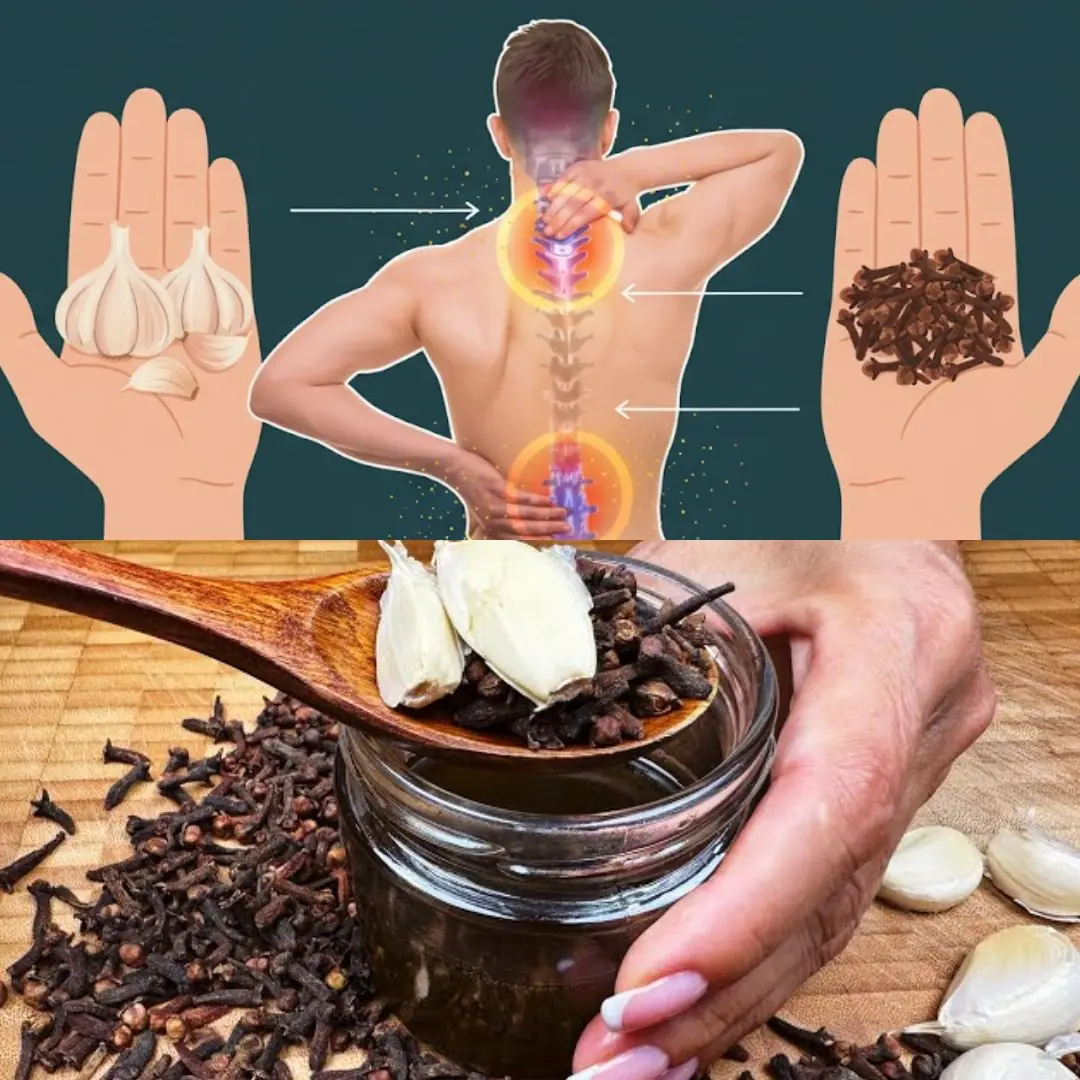
Garlic, Honey, and Cloves – a powerful natural remedy packed with health benefits
News Post
Fighting for Wojtek: A 14-Year-Old’s Battle Against Cancer

The washing machine makes loud noises and shakes violently when spinning: Don't rush to call a repairman, just do this and the machine will run smoothly.

Defrosting meat without soaking: Chefs reveal how to make delicious meat while preserving nutrients

“Hope Dies Last”: Parents Plead to Save Their 5-Year-Old Son With ALD

If the beans are cooked quickly, they will be soft and delicious in no time, saving gas/electricity.

Tea left overnight is such a waste: It has 4 great uses that very few people know about.

Fighting for Melania: A Childhood Stolen by Pain
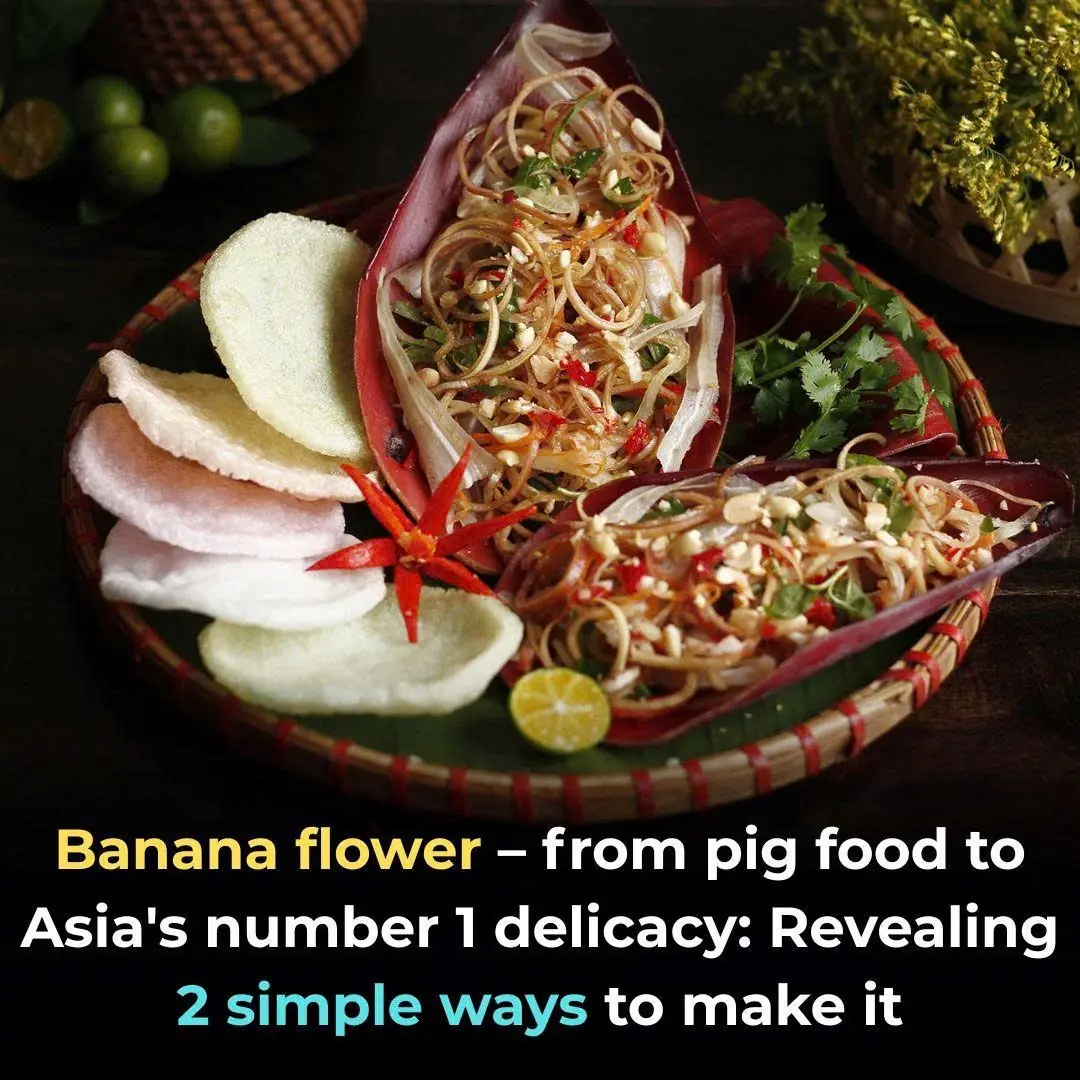
Banana flower – from pig food to Asia's number 1 delicacy: Revealing 2 simple ways to make it

Bathroom tiles are often moldy, dirty, and yellowed: Here are 5 cheap tips to help keep your bathroom tiles clean and shiny.

A Mother’s Prayer: Liza Scott’s Ongoing Fight for Answers

How Your Sleep Position Reveals If You’re Lazy
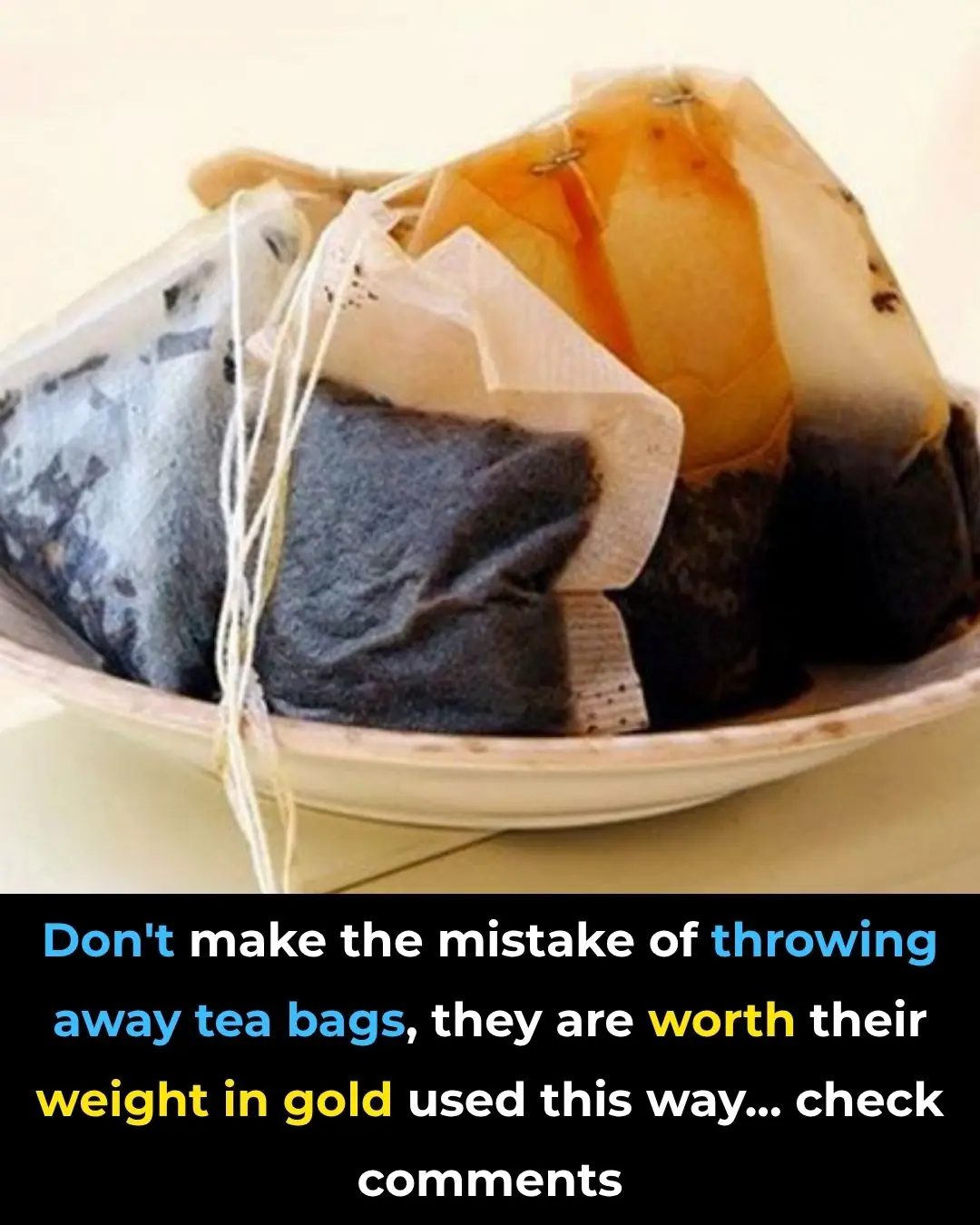
7 Clever DIY Uses for Used Teabags That Will Make You Think Twice Before Tossing Them

When an Elephant Found a Friend: The Story of Nelly and Rocky.

The Day Compassion Was Served Through a Coffee Window.

From Darkness to Growth — How a Garden Saved a Grandson’s Life.

Yarroway – the herb that can save the day

Devotion: The Lions Made of Love and Cardboard

Previously Homeless Veteran and Mother of 6 Becomes A First-Generation College Graduate

Baileigh Sinaman-Daniel Makes NCAA History as First One-Armed Women’s Basketball Player to Score in a Game
